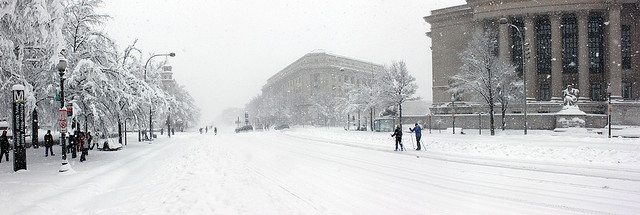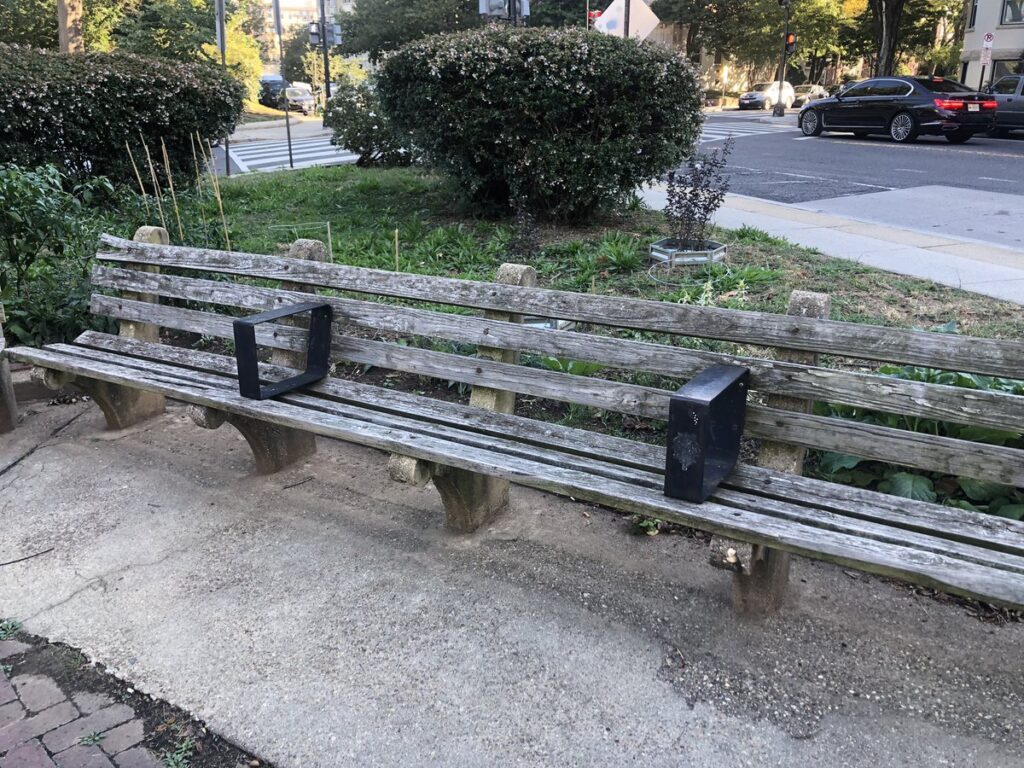It may be the heat of August, but preparations for how the city’s homeless will be housed in winter’s freezing temperatures have already begun.
The Interagency Council on Homelessness is finalizing its 2013-2014 Winter Plan to submit to the D.C. City Council for approval.
Primary concerns surround how the city is going to house families during the winter months. It is estimated that there will be a 10 percent increase in the number of families who will be referred to shelters during the upcoming season.
However, D.C. General family shelter the primary placement site for families seeking emergency shelter- is already over capacity.
Approximately 467 families are expected to be housed in motels. Unlike individuals, families are not sheltered in night-by-night arrangements. Instead, they stay in a facility until they are able to make other arrangements for a place to stay.
When asked how the city will be held accountable to the numbers represented in the proposed plan, Scott McNeilly, staff attorney at The Washington Legal Clinic for the Homeless, explained that while details of the plan may change, the city is required to find ways to house individuals and families during the cold weather.
“The Winter Plan is not legally enforceable, but housing families during [freezing] conditions is,” McNeilly said.
Men’s shelter capacity for the upcoming season has been set at 1,375, the highest number of men who sought shelter last season. The Department of Human Services (DHS) is looking for one church and an
overflow shelter to meet the designated capacity.
There is also a need for more women’s shelter space, particularly on non-hypothermia
alert nights. Hypothermia alert nights are determined by DHS based on the District’s Homeland Security and Emergency Management Agency’s recorded temperatures. Alerts are called when freezing weather
is forecast. Women’s proposed capacity for next season is 426 spaces, above the 397 of individuals referred last year.
To meet the expected greater need, DHS is exploring the possibility of converting 10 alert night beds to seasonal beds. Typically, seasonal beds are available from the first alert night through the end of the winter season at the end of March.
Some service providers and clients have voiced concerns about the 32°F threshold used when the city determines hypothermia alert nights.
The City Council would have to vote to reform such guidelines.
There may be reforms in the locations and schedules of transportation to address places where individuals can stay warm during the night while waiting for buses before shelters, recreation centers and other services open, though details have not been finalized.








